This submission is in a lot of ways a follow-up to my first 5 Frames post with Emulsive. At the time of writing that 5 Frames post, “Ilford Hp5 Plus (35mm format / El 800 / Canon FtbQL + Canon FD 50mm f/1.8),” my world was in flux, my fiancé and I had just moved into a new apartment during the heat of the pandemic and were forced to make the impossible decision to postpone our wedding day, twice! (P.S. for those wondering, we finally had our dream wedding on May 16, 2021!). Since writing that 5 Frames, my photography world exploded and truly became a key aspect of my life.
At the start of 2020 I taught myself how to develop my own black and white film at home, first with Cinestill DF96 monobath, and eventually expanding to traditional developers like Kodak HC-110 and Ilford DD-X. Learning to develop my own film was truly a revelation and expanded my photography immensely. Not only did I drastically cut down development costs, which allowed me to shoot more, it gave me a greater understanding of exposure as I could see in real time how my exposures impacted the negatives when I pulled them out of the tank. Developing at home further gives insight into the unique characteristics of different film stocks, Kodak Tr-X vs. Ilford Hp5 vs. Fomapan, so on and so forth.
Not one to rest on my laurels, I continued to push myself throughout the year. With my new knowledge of film development and after picking up a couple more cameras, I decided 2020 would be a good time to publish my first photo book project.
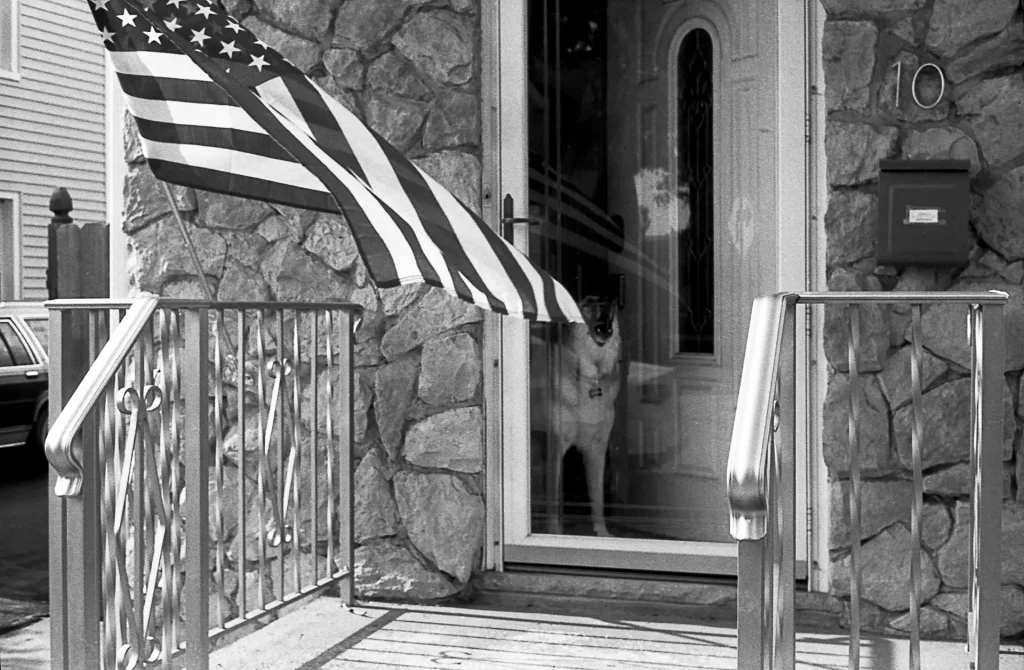
As mentioned previously, my fiancé and I moved into our new apartment in June 2020 and after just a couple of weeks I noticed that our little town had a character and personality unto itself. I hit the streets and began taking photos of every little thing I found unique and interesting. What at first was just a photo exercise and excuse to breakout during quarantine, walking around town taking photos for the fun of it, morphed into a body of work with a real identity, thus, “New in Town” was born.
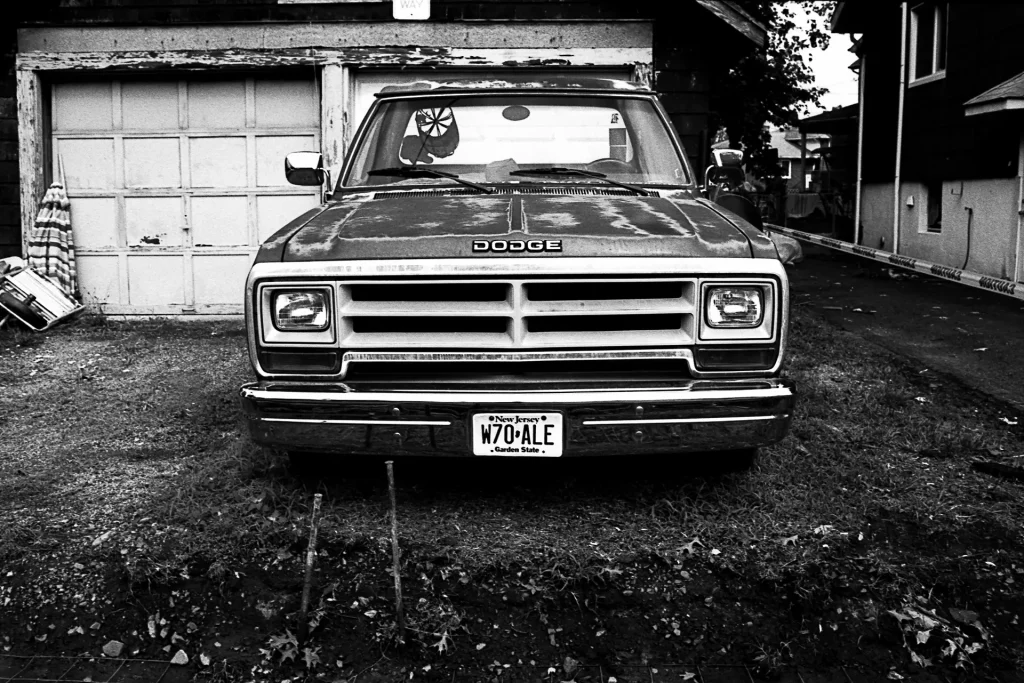
With “New in Town” I wanted to capture the identity of my new town through photos taken during those first 6 months since moving in. What began as photos of storefronts, cars and other subjects at a distance, eventually transformed into more intimate shots of the people who make up the town. While I was now a resident of this town, I photographed as an outsider, to me everything was new and exciting. Interestingly, as time went on, I found myself becoming part of, and belonging more to this town, an aspect that I hope comes across through this series of photos. Giving myself this 6 month time limit ended up being a critical choice as it gave me a deadline and clear cutoff point. It also chronicled my photography transformation over those many months and further solidified the “style” and subject matter that I sought to capture.
All of the photos included in my book were shot on black and white film stock, a mix of Ilford films, (Hp5, Fp4, Xp2, Delta 100 and Kentmere 100), and Kodak Tmax 400. The three cameras that I utilized during this period were my Canon FtbQL with both FD 50mm f/1.8 and FD 35mm f/2.8 lenses, my Canon Canonet QL25 with 45mm f/2,5 lens, and my Canon P rangefinder with a Chiyoko Super Rokkor 50mm f/1.8. That first 5 Frames post ended up being incredibly valuable for me and acted as a launching pad for the book as several of those images featured prominently in the book.
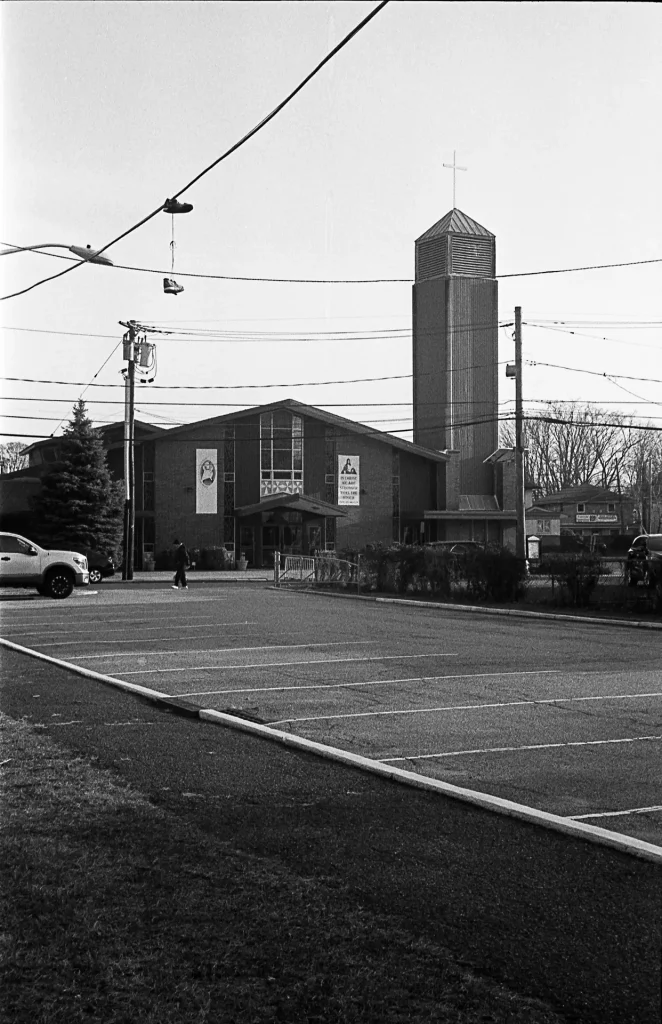
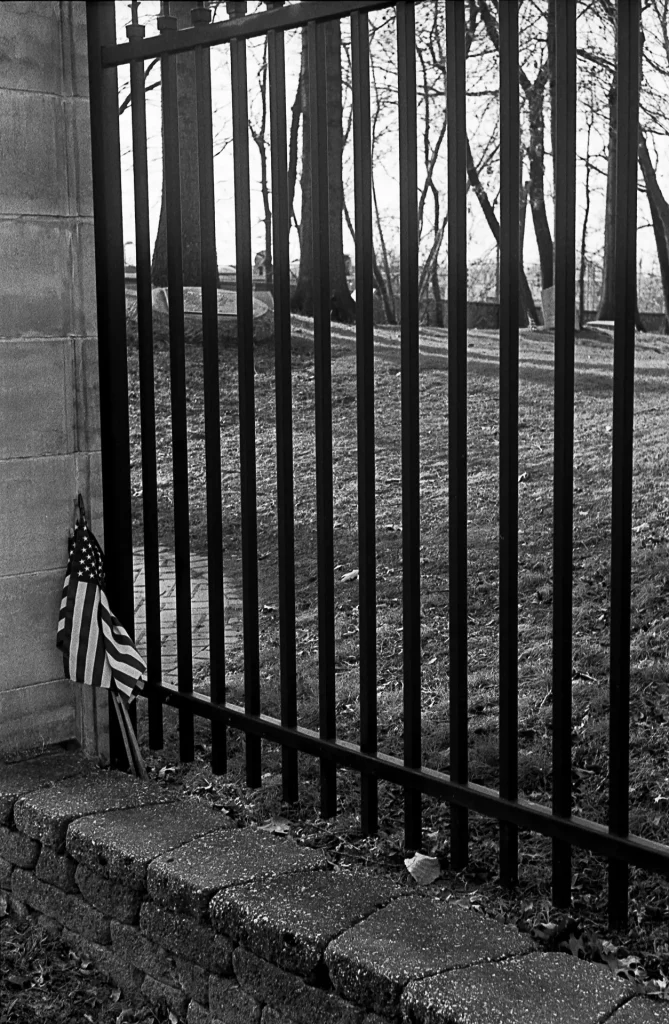
As a student of the many masters of street photography, (HCB, Winogrand, Erwitt, etc.), I knew that I wanted to keep it all in black and white and I knew the general approach I wanted to take. As time went on, I definitely incorporated what I learned, (and continue to learn), from the masters, but began to craft my own vision. Throughout this book I think the reader will see recurring themes touching on Americana, religion and unique characters and aspects of humanity, but most importantly, a showcase of the quintessential character of this town. In my view there’s a real grit to these images and gives the impression this is a town that time forgot. The confluence of new and old, reverence and irreverence rang true to me and stood out as soon as I set foot here.
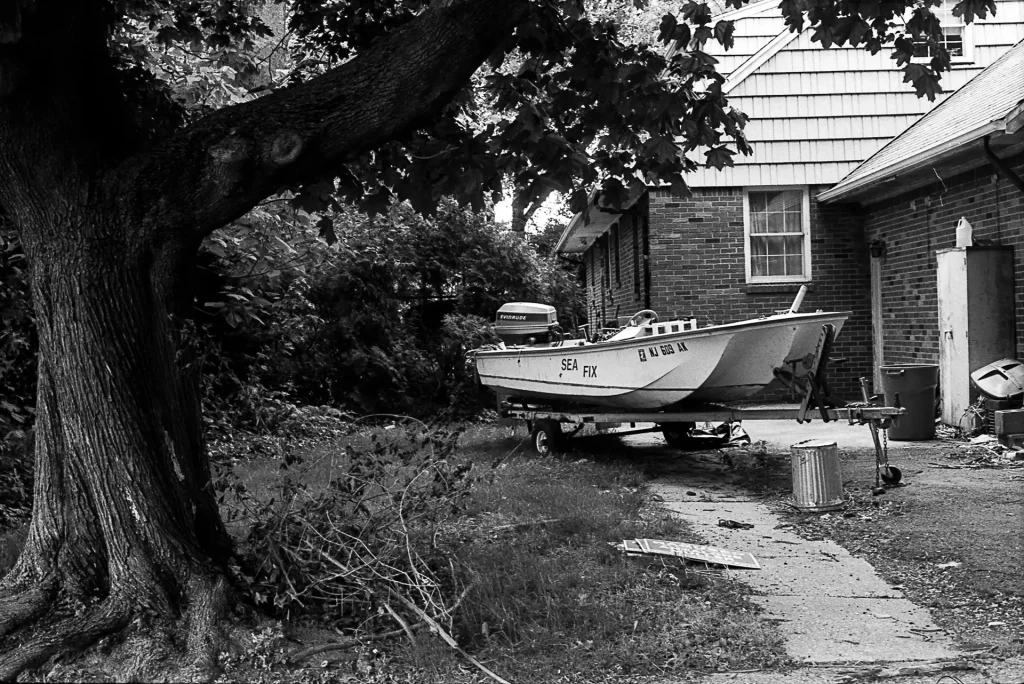
While I was aware of the great work of Robert Frank, it wasn’t until after I compiled 6 months worth of photos and began sequencing the book that I finally picked up his seminal work, “The Americans.” In Frank’s most famous work I found a kindred spirit and my guiding light. I took Kerouac’s description of Frank’s work in his outstanding forward to “The Americans” to heart, sad poems of America encapsulated in images (paraphrased of course), an ethos I continued to live by in my work to this day.
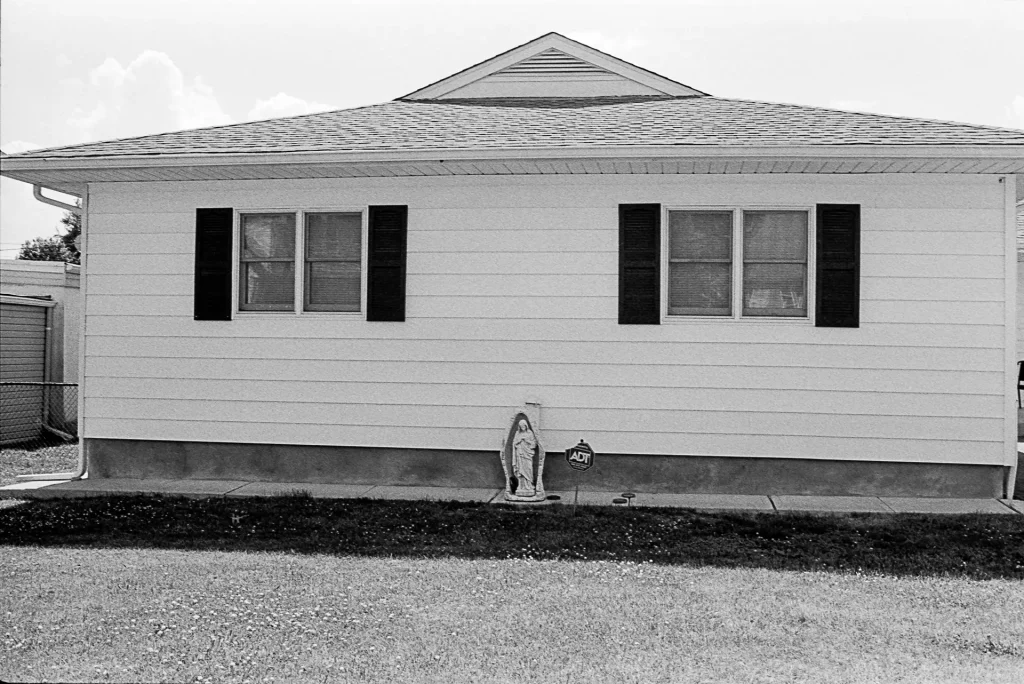
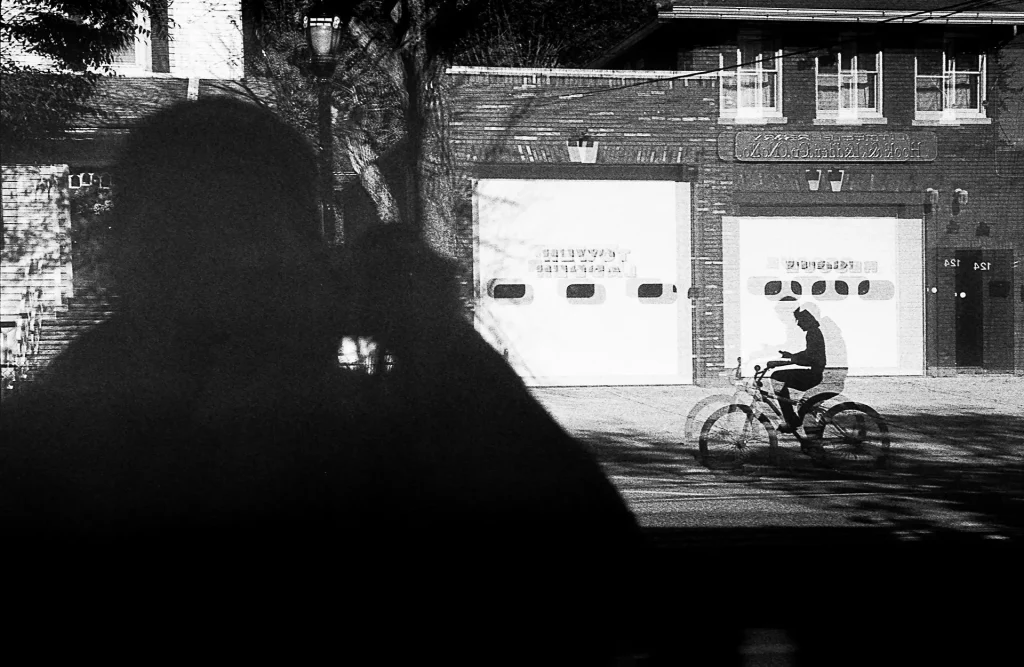
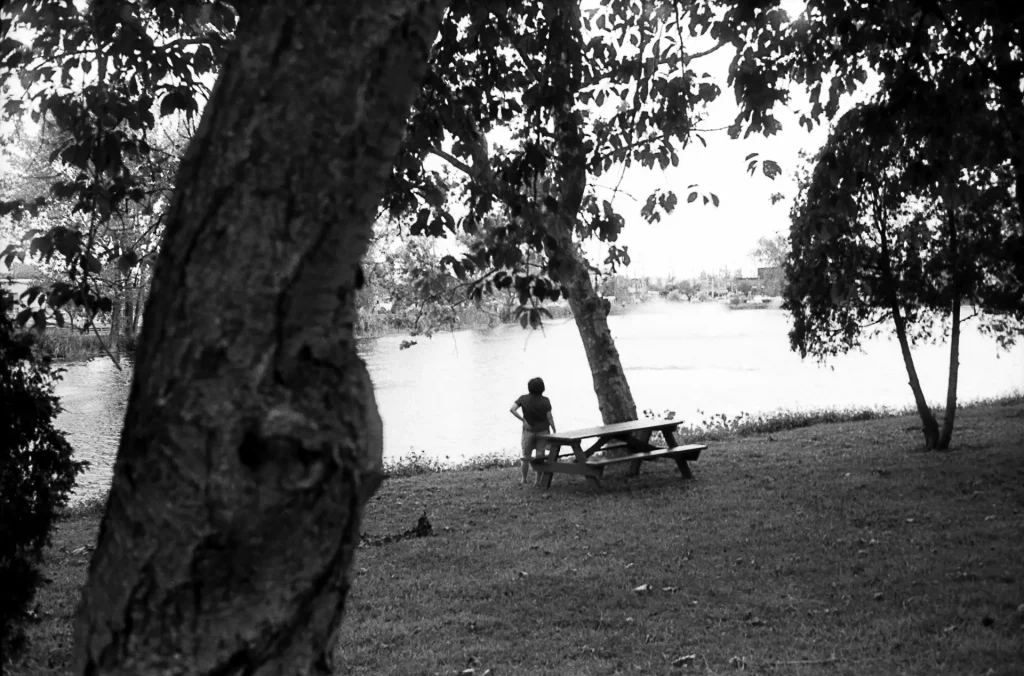
For me, the importance of bookmaking in photography cannot be overstated. Single images can be striking and impactful, but the ability to string together various photos that tell a complete story is a vehicle for highlighting particular subject matter and/or larger themes in a deeper way.
On the technical side, this book was published with the amazing people at Blurb. For those just starting out with bookmaking I cannot recommend Blurb enough. Their BookWright software is extremely easy and intuitive to use and they offer numerous book types, sizes and paper quality for people of all budgets and styles. They also offer the ability to sell your work straight through their website, or even on Amazon. For the first time bookmaker, Blurb takes away a lot of the guesswork. For my book I went with Blurb’s softcover trade book 6×9 format with Standard Color 70# (white uncoated) paper. It took me three proof copies to finally settle on the right paper stock, thinking that I needed to use black and white specific paper, the color paper actually offered better contrast and deeper tones. Helpful hint: be prepared to go through various revisions before finishing!
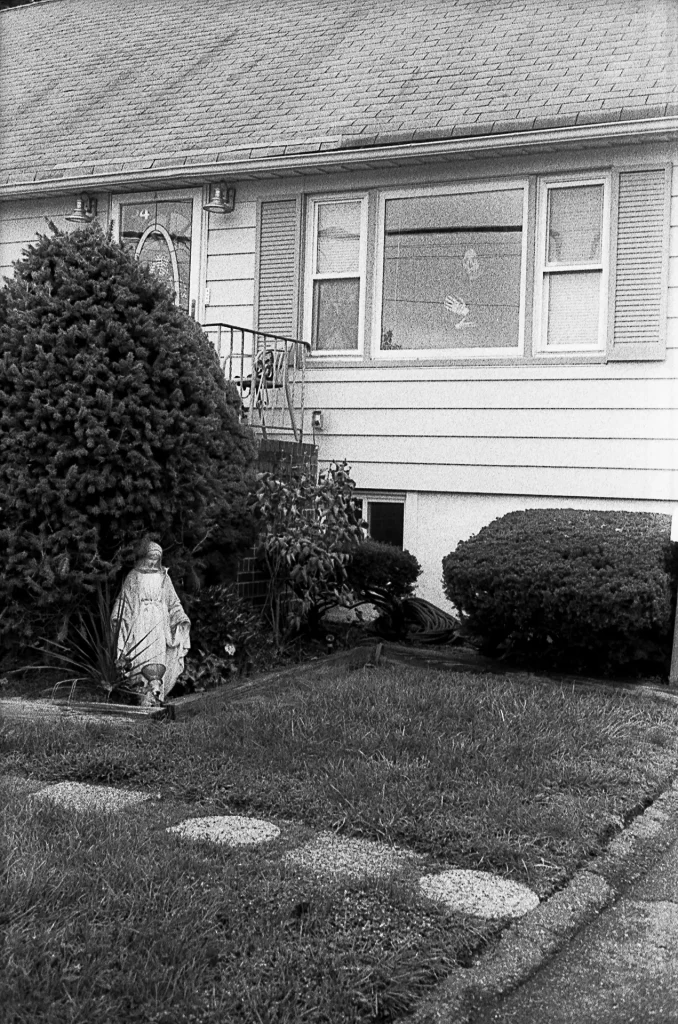
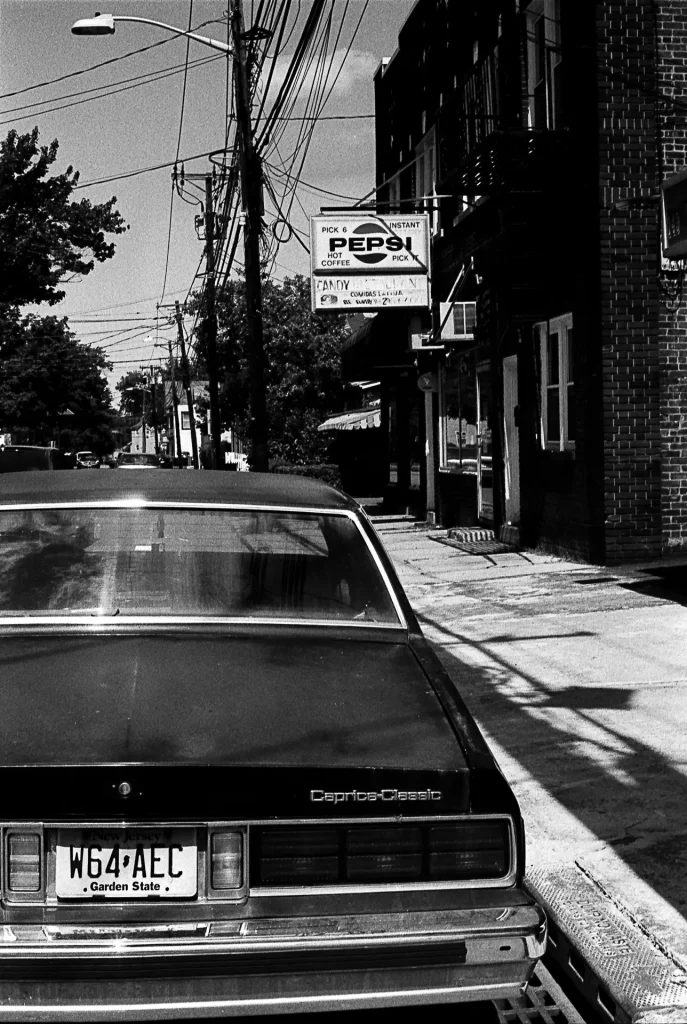
Working on my first photo book was truly an invaluable experience. If I had my druthers I’d still be sequencing my book to this day searching for the “perfect” pairings and order, but again that’s why I gave myself a strict deadline. For those starting out, realize that every little aspect of the book needs to be taken into account from page numbers to image file size to font style, you’re truly designing this product from start to finish. Be prepared to put in the work, but in the end it’s an incredibly worthwhile and fulfilling experience.
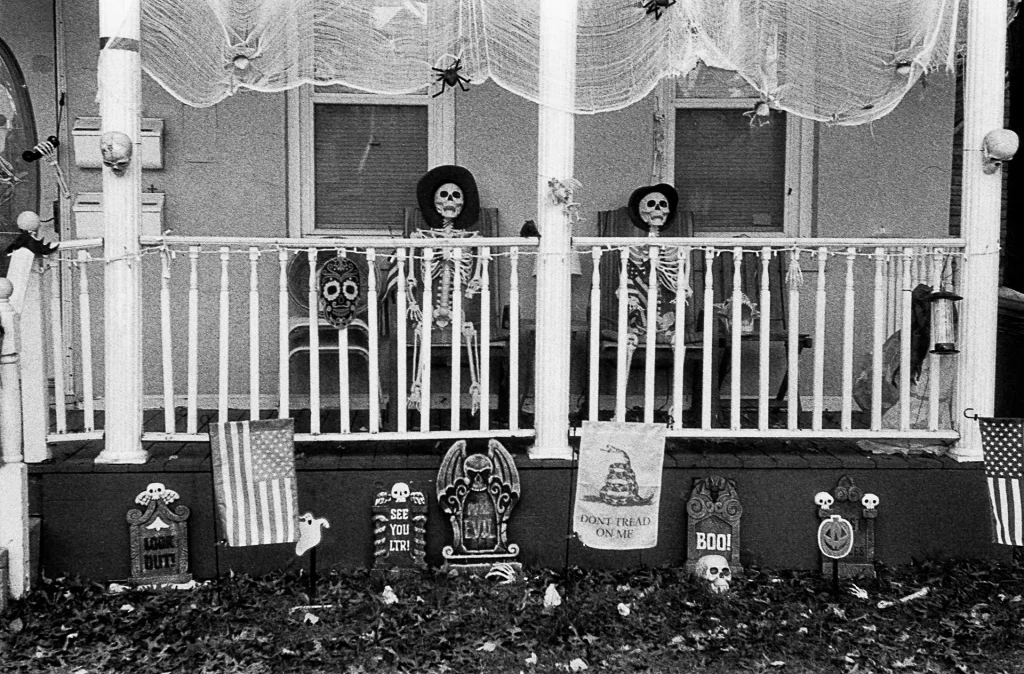
In a year with so much anxiety and fear, this photo project was truly a friend I could lean on. For those flirting with the idea of making their first book/zine/publication, I would push them to just do it! Though at times an incredibly tough and grueling experience, sequencing your photos to tell a story brings you closer to your own work, and I would argue, improves your photography as it gives you a sense of purpose when out shooting. As I continue to grow in my photography, the skills and experience I picked up from my first go at bookmaking will definitely carry over into the numerous projects I have planned for the future.
Many thanks to Emulsive and 35mmc. Many thanks to Blurb for publishing my book.
For those interested in checking out “New In Town,” my book is up for sale with Blurb.
Please follow me on Instagram @roxspeedg #keepfilmalive
Share this post:
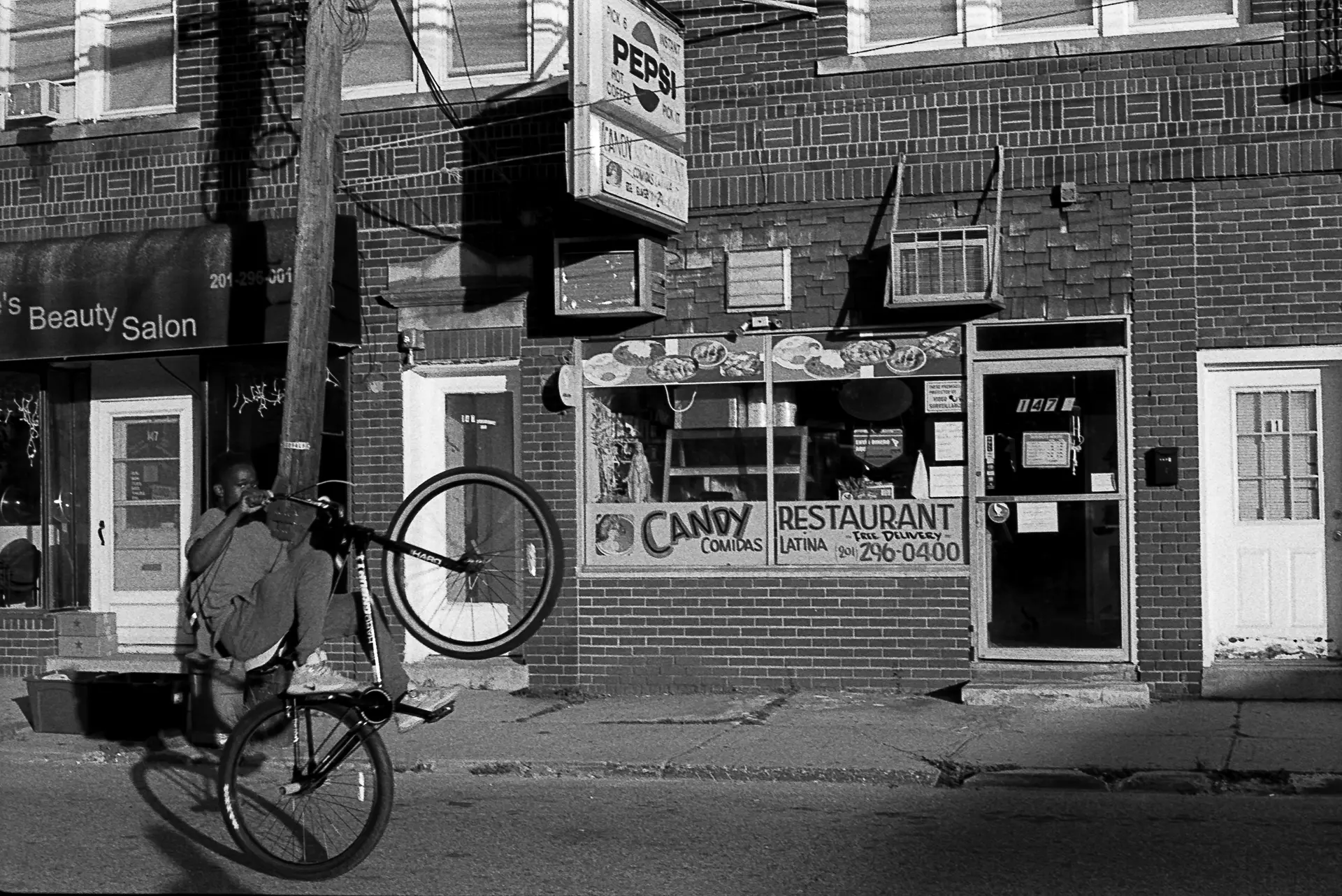


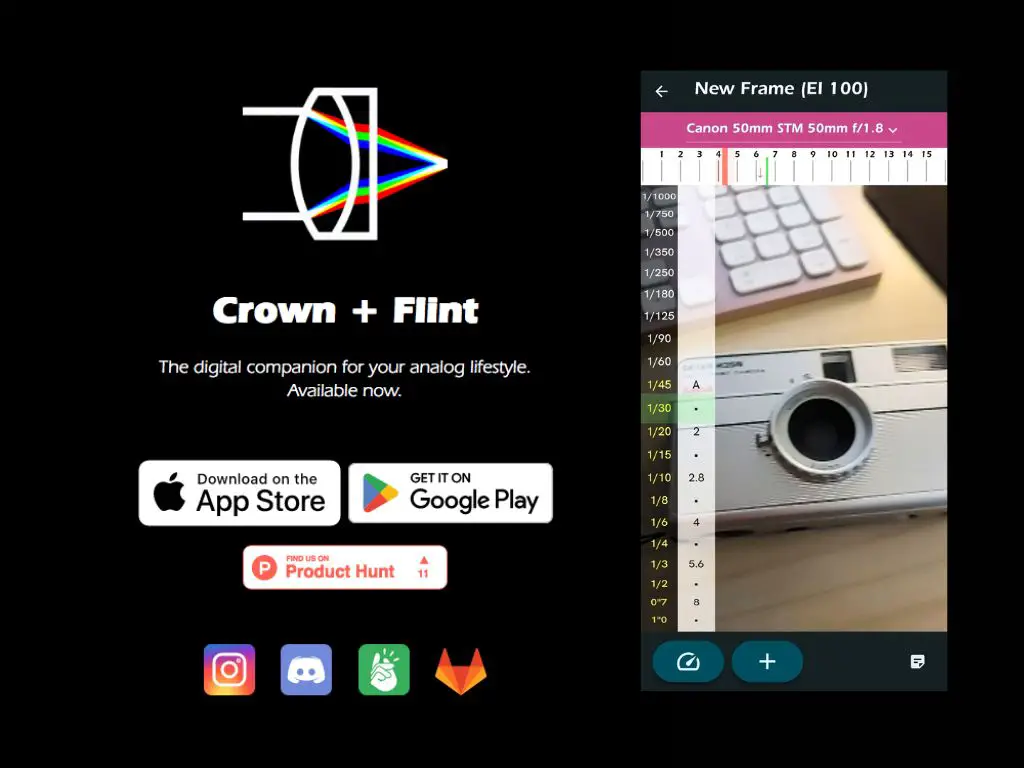
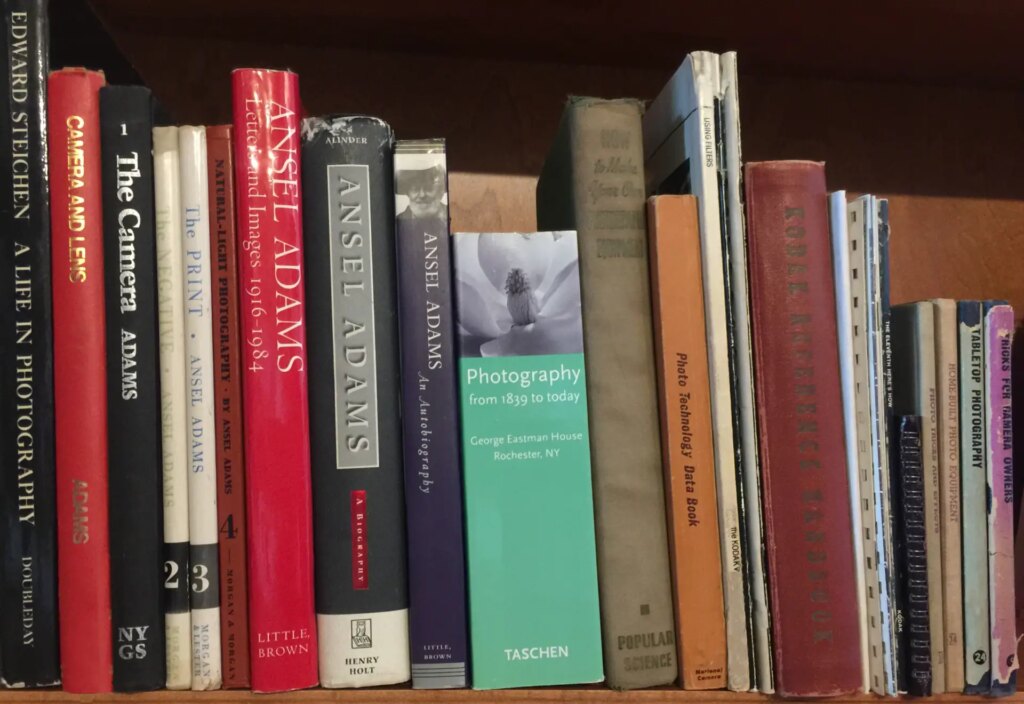




Comments
tommaso on ‘New in Town’ – The Making of a Photo Book and Finding Inspiration Right Where I live – By Robert Guanci
Comment posted: 20/06/2021
Love it.
Comment posted: 20/06/2021
caj on ‘New in Town’ – The Making of a Photo Book and Finding Inspiration Right Where I live – By Robert Guanci
Comment posted: 20/06/2021
Comment posted: 20/06/2021
John Campbell on ‘New in Town’ – The Making of a Photo Book and Finding Inspiration Right Where I live – By Robert Guanci
Comment posted: 21/06/2021
Comment posted: 21/06/2021